Are exercise bikes good for back pain?
Sore back? We find out; are exercise bikes good for back pain?
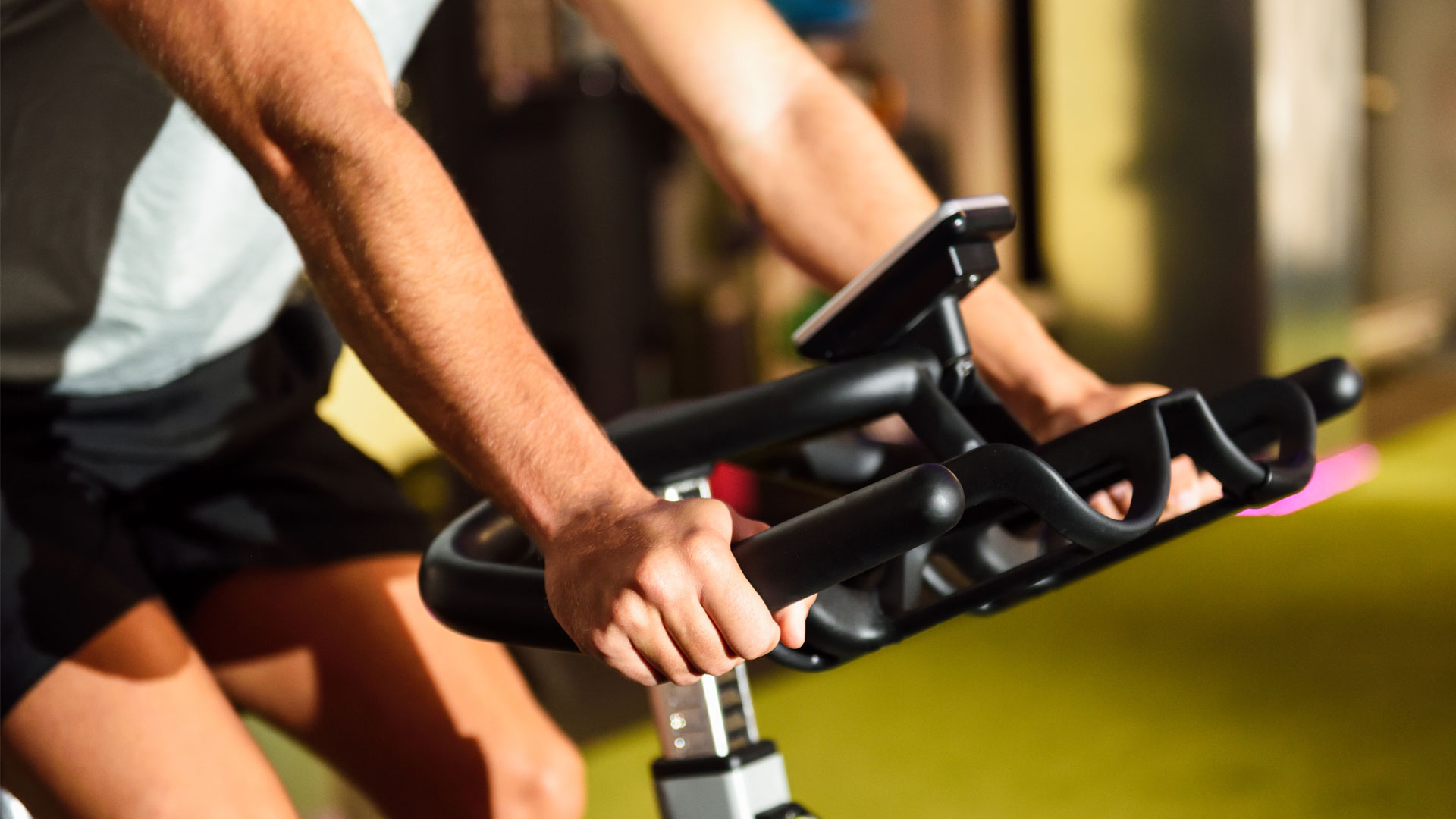

We all know that cycling is a fantastic low-impact sport, but are exercise bikes good for back pain?
A staggering 59% of adults in the US are living with pain – and back pain is the most common type of pain, affecting nearly 2 out of 5 people. If that includes you, you’ll know how much it can hold you back from your training. But a static bike could be the solution.
Many of the best exercise bikes are also among some of the best exercise machines to lose weight – and shifting a few pounds could help reduce pressure on your back. Working out on these machines could also strengthen the muscles around your spine without putting too much pressure on it.
What’s more, research from 2017 seems to show that using exercise bikes can be more beneficial for your health than cycling outside. This holds true for back pain sufferers too because outdoor cycling leaves you more liable to jolting your spine on uneven ground.
But are certain exercise bikes better than others for back pain? And how can you ensure you’re using the bike safely, so that you don’t make the pain worse? We’ve rounded up all the expert advice on navigating indoor bikes with a back problem.
What you need to know

If you want to get a cardio workout, but you don’t want to put pressure on your spine, indoor bikes are a wonderful alternative to high-impact exercises such as running or HIIT.
Physiotherapist Amy Harris, from CHHP London, explains: “Static bikes provide a low-impact option for maintaining and building cardiovascular fitness and lower limb strength for those suffering from lower back pain. They can also be great for building neuromuscular and strength training, especially when you manipulate factors such as cadence and resistance.”
Get the Fit&Well Newsletter
Start your week with achievable workout ideas, health tips and wellbeing advice in your inbox.
Research by the University of St Mark and St John has also revealed that aerobic exercise increases blood flow to the soft tissues in the back, which in turn might help to reduce any stiffness and inflammation in the area.
How to use an exercise bike if you have back pain
Find the right form
If you’re in a gym, be careful to always adjust the bike settings to suit your height and shape – using the wrong set-up could put pressure on your lower back, potentially making your pain worse.
“Make sure the bike is set at the correct height,” says Harris. “To do this, stand at the side of the bike and raise the saddle so it’s in line with your hips. You can then aim to position the handlebars in line with the saddle height.”
“Make sure that your knees are also positioned in line with the center of the pedal. It shouldn't matter what type of bike you use, as long as it's adjustable and you follow the steps above.”
This advice, however, is just for a traditional indoor bike. The correct form may be different for other kinds of gym bikes, such as an upright bike or a recumbent bike.
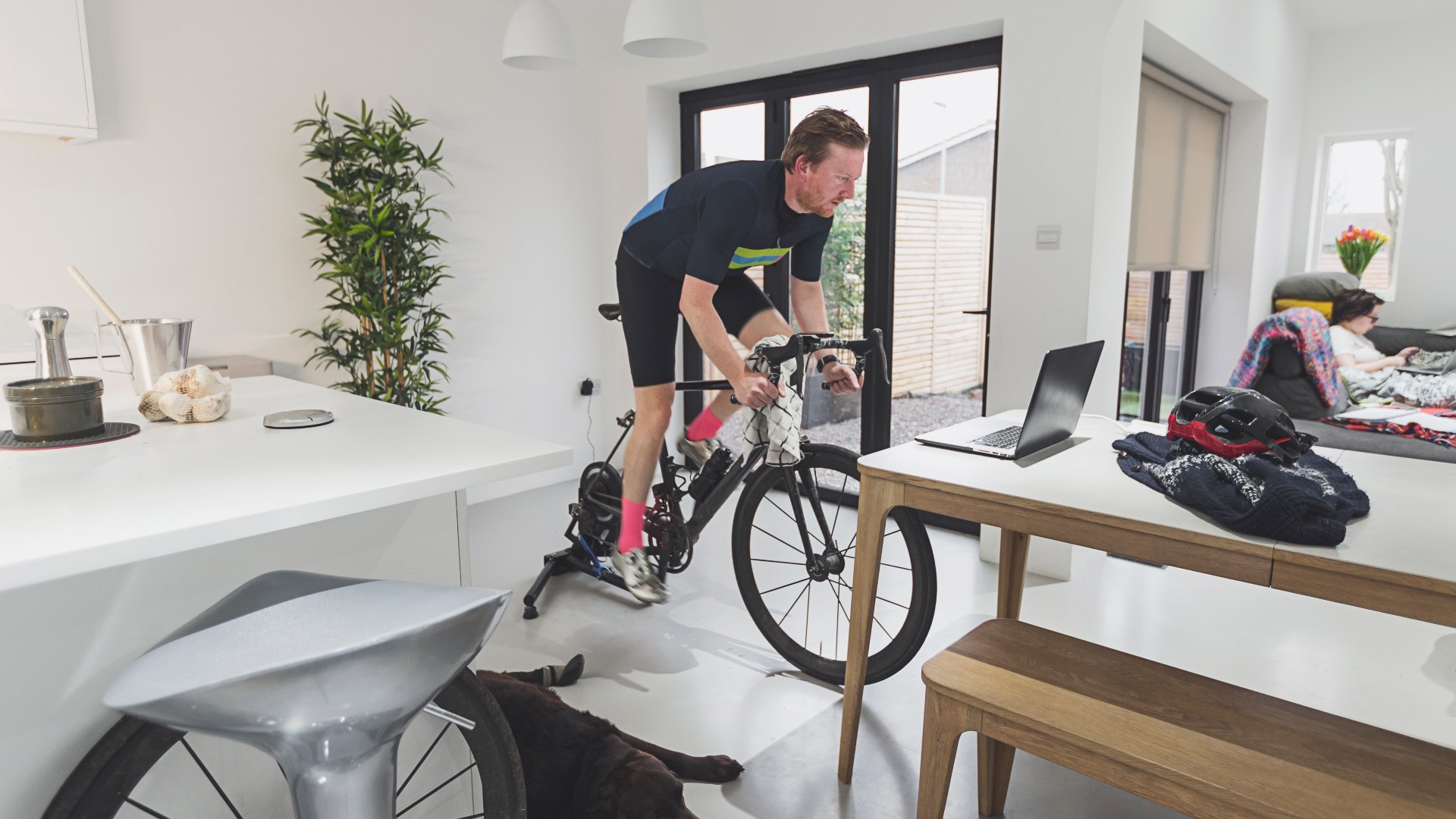
Get the right bike for you
Depending on your back condition, certain types of bikes could offer you more support for your spine. If you suffer from spinal stenosis, for example, which causes the spinal nerves to become compressed, an upright bike could feel more comfortable as you’re flexed leaning forward.
Recumbent bikes have reclining seats, with back support, and Harris particularly recommends these for people with generalized back pain. “This way your weight is distributed evenly on the bike over a larger area,” she says. “This creates less pressure on the back and knees.”
However, every case of back pain is different, so it’s really important to listen to your body and not to ignore any major pain or symptoms. “Always seek advice from a physiotherapist if you’re in any doubt,” says Harris. “You might need to get to the root of what's causing the pain.”
The final verdict
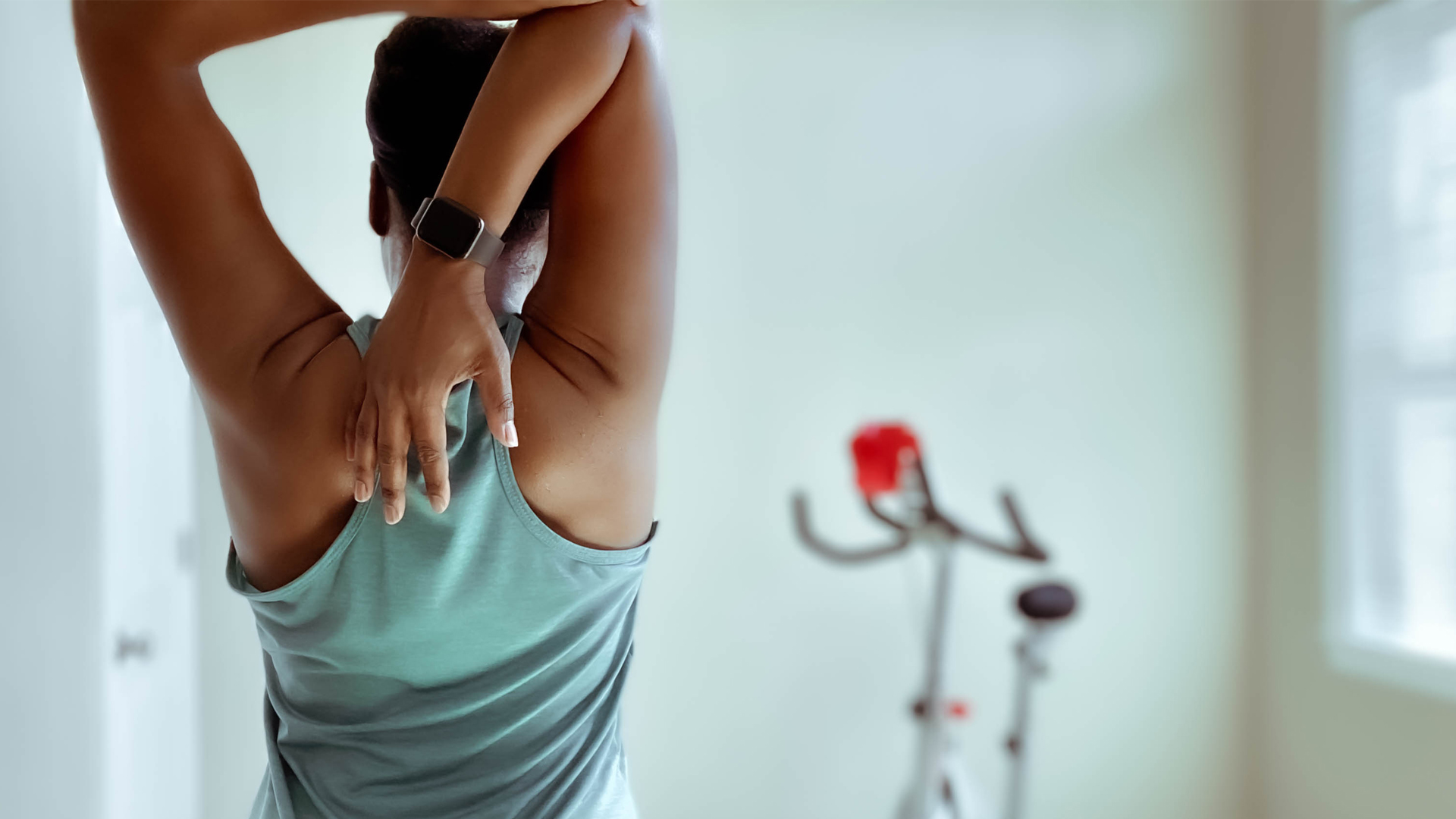
However deeply you love your Peloton, cycling alone won’t sort your back pain – stretching and resistance training can also be really beneficial. Stretching exercises, such as cat stretches and pelvic tilts, can help to strengthen the back and keep you supple and mobile.
“Don't be scared of the gym, either,” says Harris. “Functional and isolated strength training is a great way to help with stability and movement of the spine.”
Nevertheless, it’s more important than ever to keep the correct form if you have back issues. Otherwise, you risk doing yourself further damage. Always tighten your abdominals as you lift, and definitely don’t overload your back with too much weight.
Using the resistance machines – such as the elliptical trainer – can be a great alternative. “They can really help develop all over body strength, which strengthens and supports the muscles all around the spine,” says Harris.
Sarah is a freelance journalist who writes about fitness and wellbeing for the BBC, Woman&Home and Tech Radar. During lockdown she found her love of running outside again and now attempts to run around 50 miles a month. When it comes to other fitness, she loves a sweaty cardio session – although since she’s been working out from home she’s sure her downstairs neighbors aren’t too happy about it. She also loves to challenge herself - and has signed up to do hiking holidays, intense bootcamps and last year she went on her dream activity holiday: paddle boarding around deserted islands in Croatia. On her rest days, she loves to recover with a simple yoga flow session – the perfect antidote to her active fitness schedule.
-
 I do these two things every day to stay fit and healthy, says the newest star trainer on Chris Hemsworth's fitness app
I do these two things every day to stay fit and healthy, says the newest star trainer on Chris Hemsworth's fitness appHere's how Centr's Korey Rowe trains for longevity
By Sam Rider Published
-
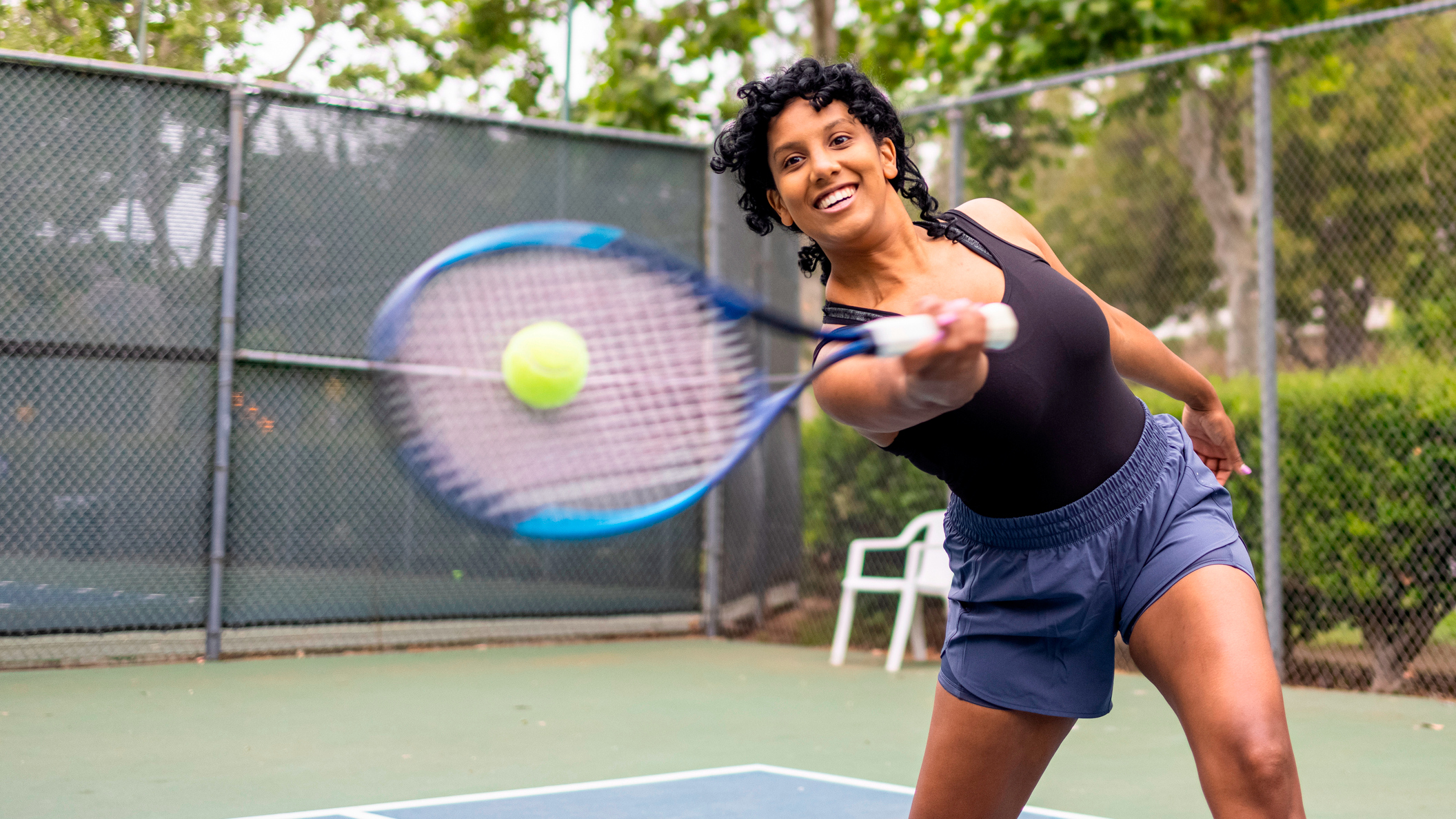 I thought sports weren't for me, until I realised they're a game-changer for ticking off cardio
I thought sports weren't for me, until I realised they're a game-changer for ticking off cardioI swapped HIIT and running for tennis—and I've never felt better
By Alice Porter Published
-
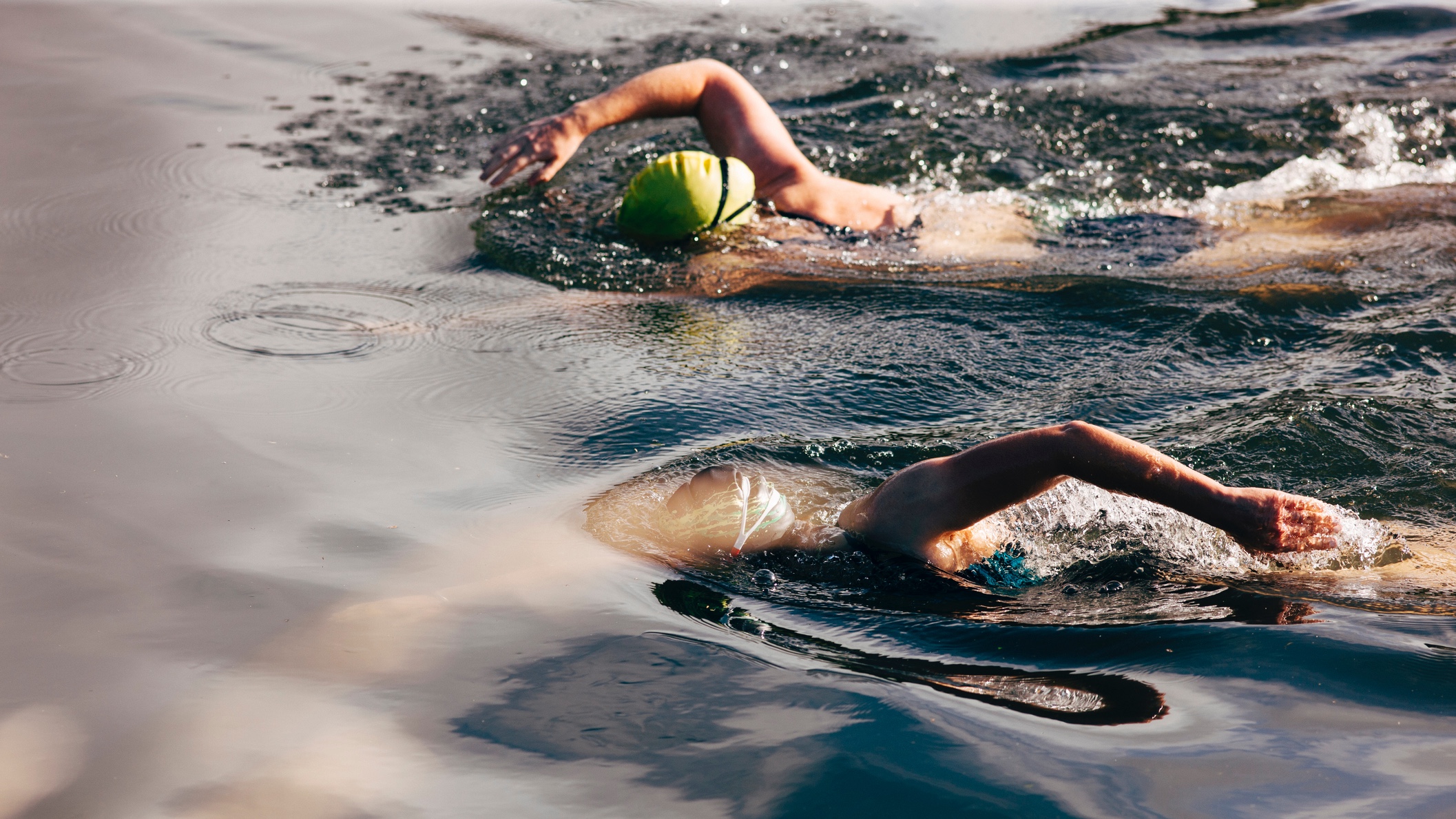 What’s the best open water swimming technique?
What’s the best open water swimming technique?Fitness Perfect your open water swimming technique and you'll be able to explore your local lakes and pools with confidence
By Maddy Biddulph Published
-
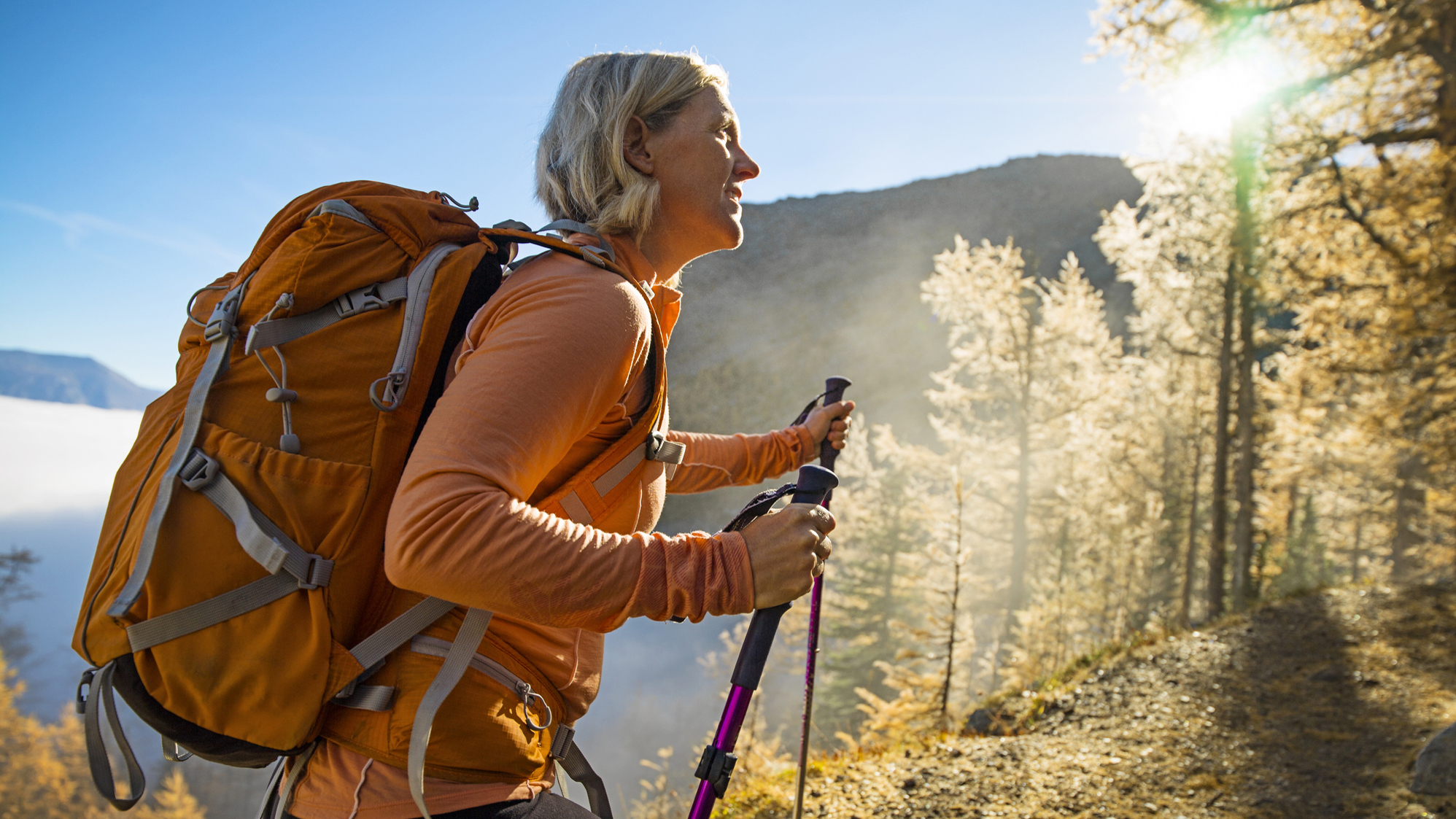 The best trekking poles 2025
The best trekking poles 2025Buying guide Protect your knees and increase stability with the best trekking poles
By Harry Bullmore Published
-
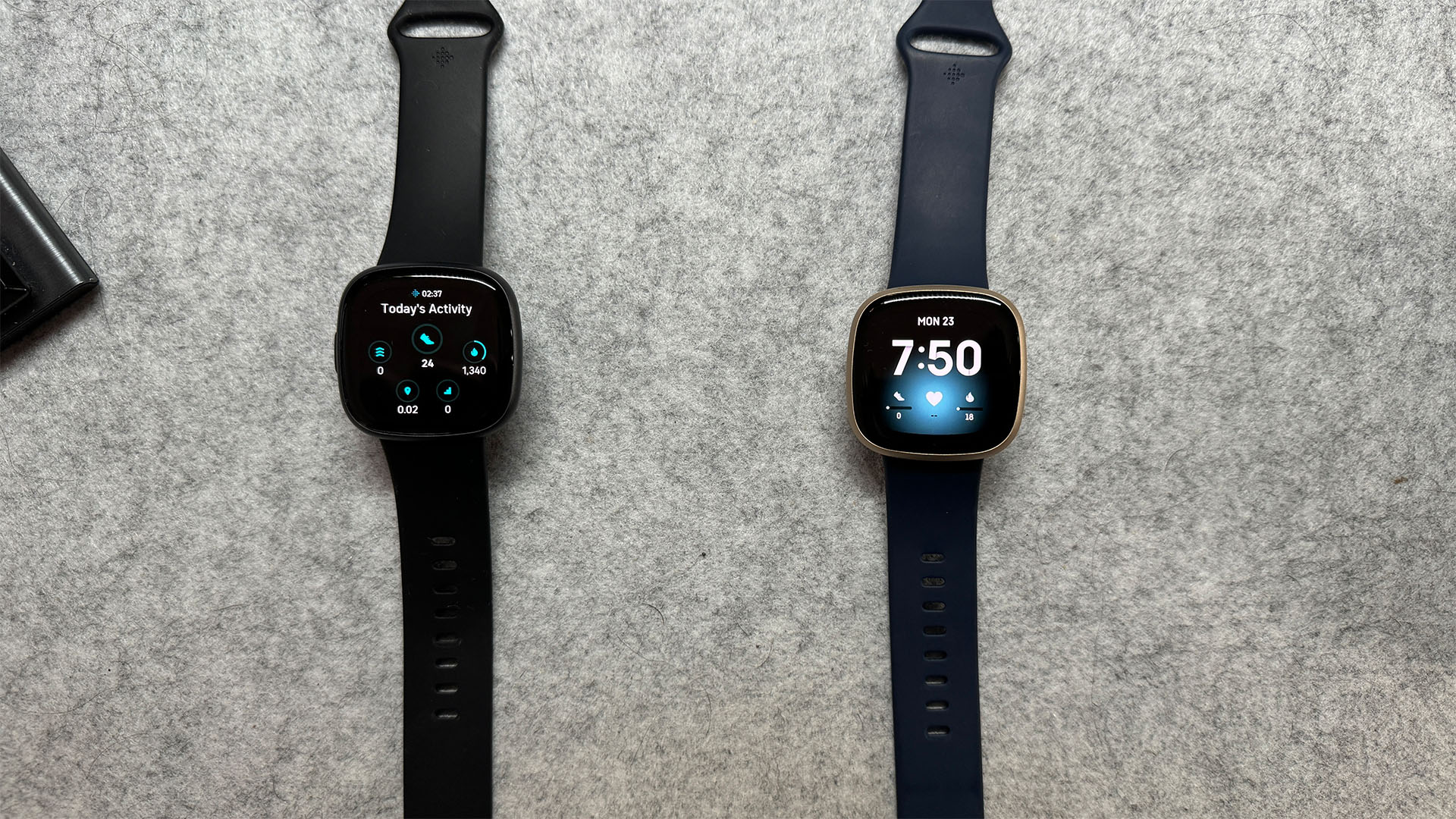 Fitbit Versa 3 vs Versa 4: here's the one I recommend buying
Fitbit Versa 3 vs Versa 4: here's the one I recommend buyingVersus There's little difference between these models, but the Versa 3 is much cheaper
By Lloyd Coombes Last updated
-
 Best elliptical machines for home workouts
Best elliptical machines for home workoutsBuying guide Need a low-impact workout that’s easy on the knees? Try one of the best elliptical machines
By Sam Hopes Last updated
-
 Best foam rollers for soothing sore muscles
Best foam rollers for soothing sore musclesBuying Guide Ease post-workout pain with our pick of the best foam rollers
By Harry Bullmore Last updated
-
 The JAXJOX DumbbellConnects have changed my home workouts forever
The JAXJOX DumbbellConnects have changed my home workouts foreverIf you want to start strength training at home, the JAXJOX DumbbellConnect adjustable dumbbells are the ultimate home workout tool
By Harry Bullmore Published
-
 How to go walking with weights to build muscle
How to go walking with weights to build muscleFitness Try working out outside and go walking with weights for some serious health benefits
By Harry Bullmore Published
-
 Does hiking build muscle?
Does hiking build muscle?Fitness Does hiking build muscle? Here’s how this outdoor activity affects your strength
By Lily Canter Published